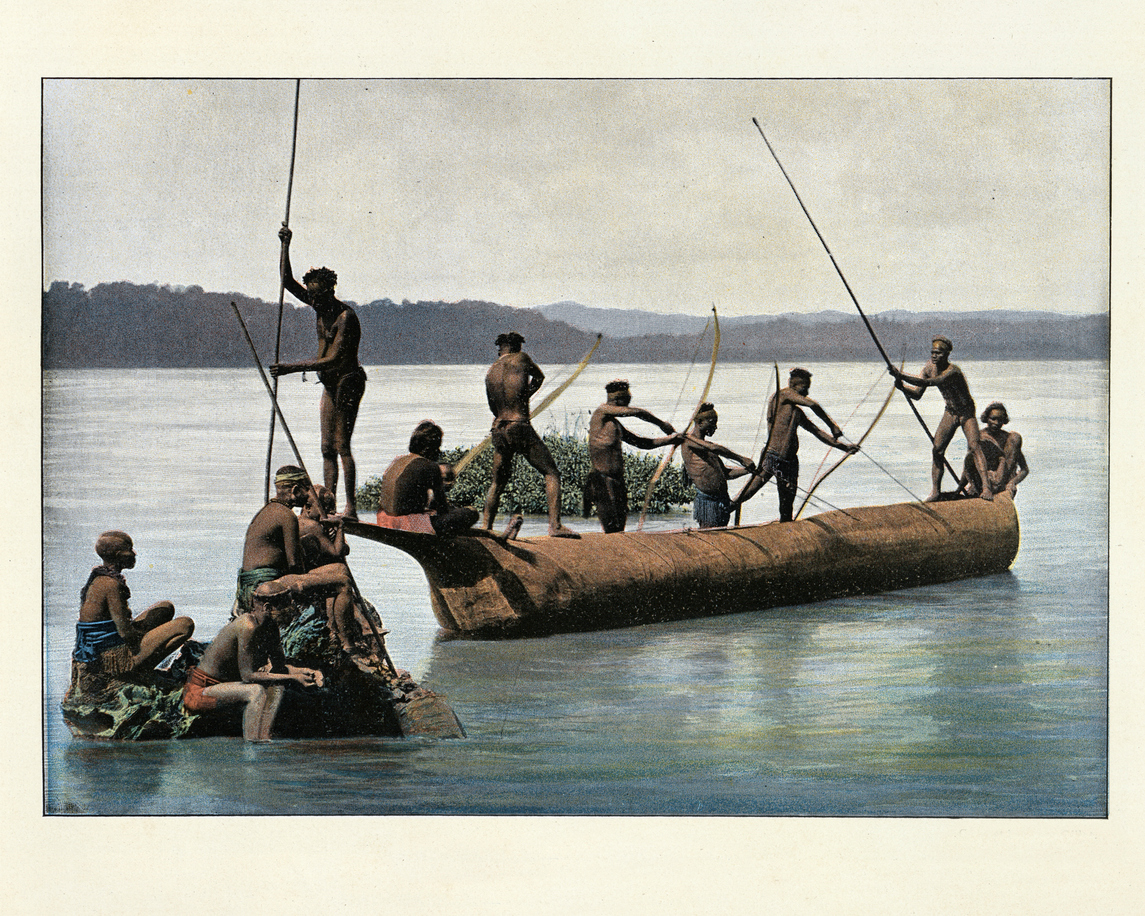
10 of last 59 Great Andamanese test positive for COVID-19

At least 10 residents of the 59-member indigenous Great Andamanese tribe have tested positive for COVID-19, sparking concern over the safety of other native tribes in the archipelago.
The Andaman and Nicobar Islands, have logged in around 2,268 cases and 37 fatalities due to COVID so far.
The Great Andamanese along with tribes like Jarawa, Shompen and Onge come under the Particularly Vulnerable Tribal Group (PVTG).
Reports said while six of the patients have recovered and put in home quarantine, four new cases have been reported in Strait Island, where the tribe lives.
Related news: Before COVID, Chakma, Hajong tribes Arunachal battled stormy migration
Officials said, a special community health officer will visit the island on Friday (August 28), to monitor the PVTG tribes.
A team was sent to the island after the first set of people tested positive for the virus. Some of them work jobs in Port Blair and travel frequently to and from Strait Island.
Senior health officer in charge of the disease management Avijit Ray said all members of the tribe were tested – 34 in Strait Island and 24 in Port Blair – after five of them living in Port Blair tested positive.
Samples of the four on Strait Island who tested positive were taken on August 22 and they were moved to isolation wards of GB Pant Hospital in Port Blair the next day.
Although the tribe is in touch with the general population, the latter is not allowed to visit Strait Island and a special home has been constructed for the members of the tribe to stay when they are in Port Blair. However, their frequent movement is considered vulnerable during the pandemic.
Related news: Gypsy and GN Devy: Of nomadic tribes and their untold stories
According to anthropologists, while over 5,000 Great Andamanese lived in the islands, many were killed in conflicts after the British arrived in the 19th century and epidemics.

